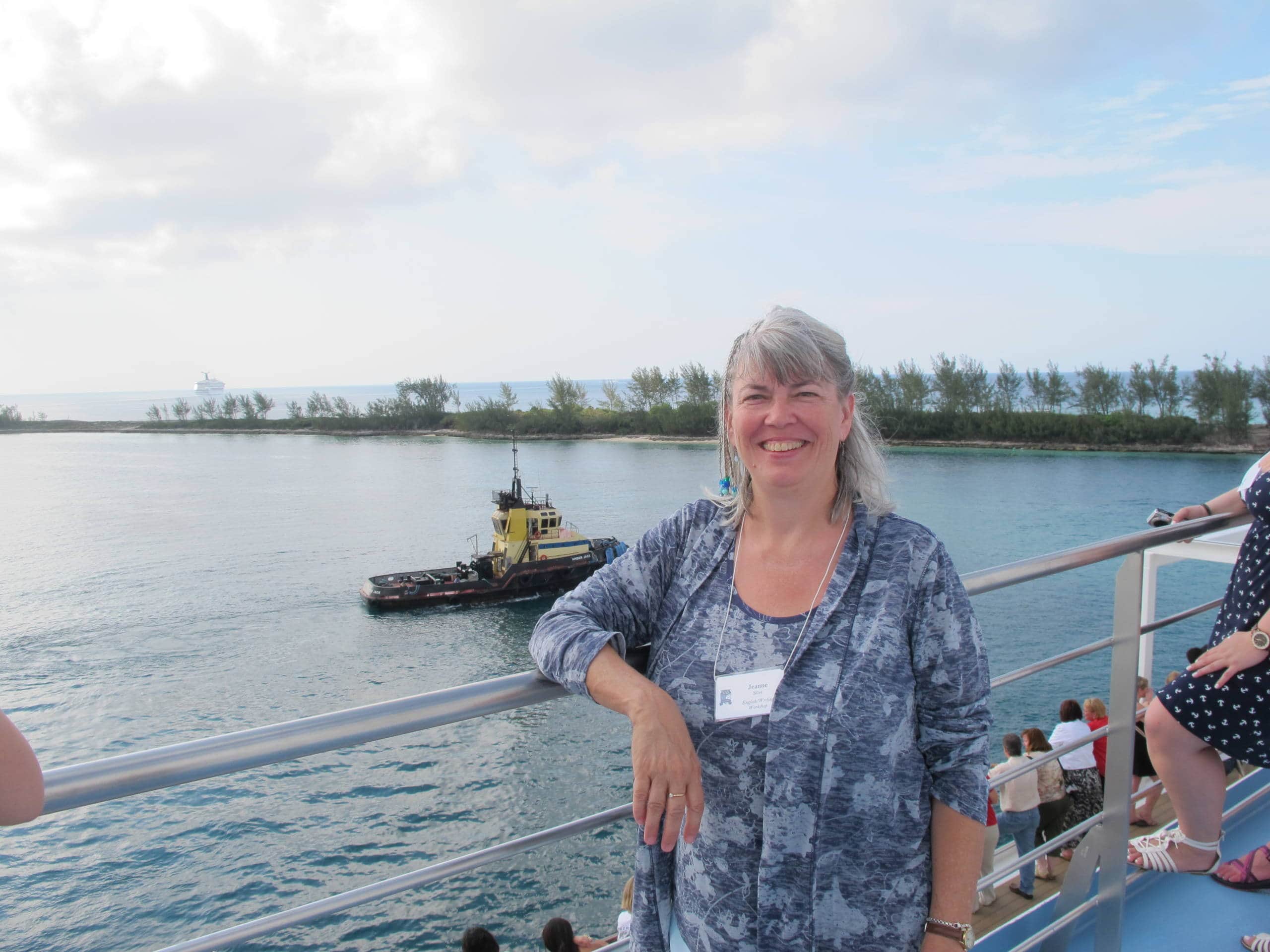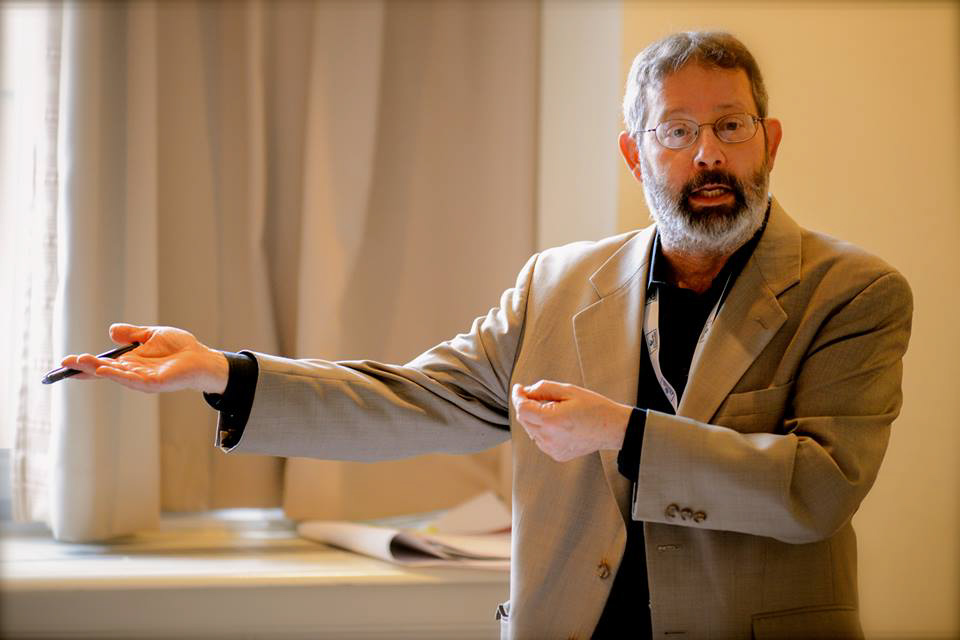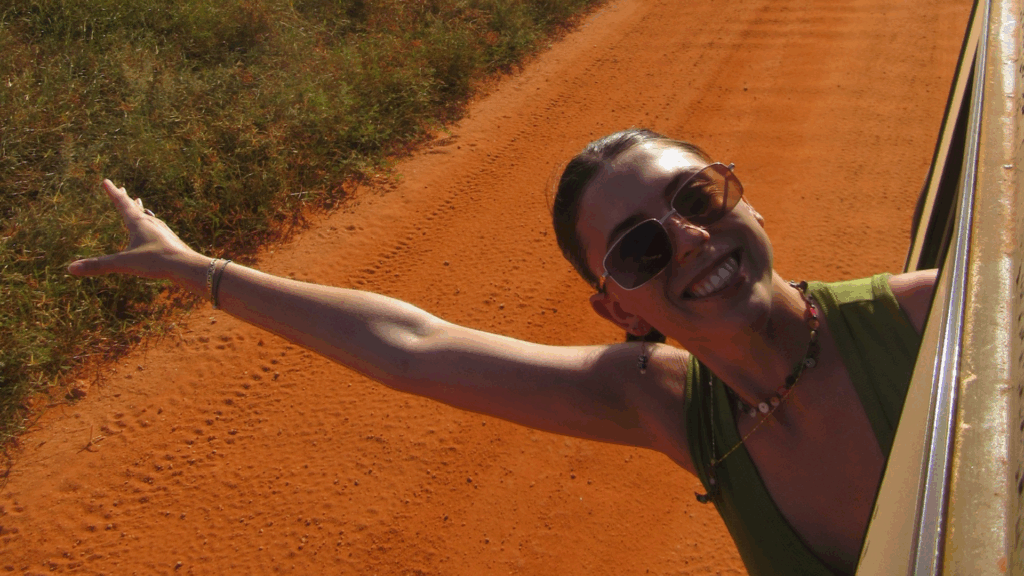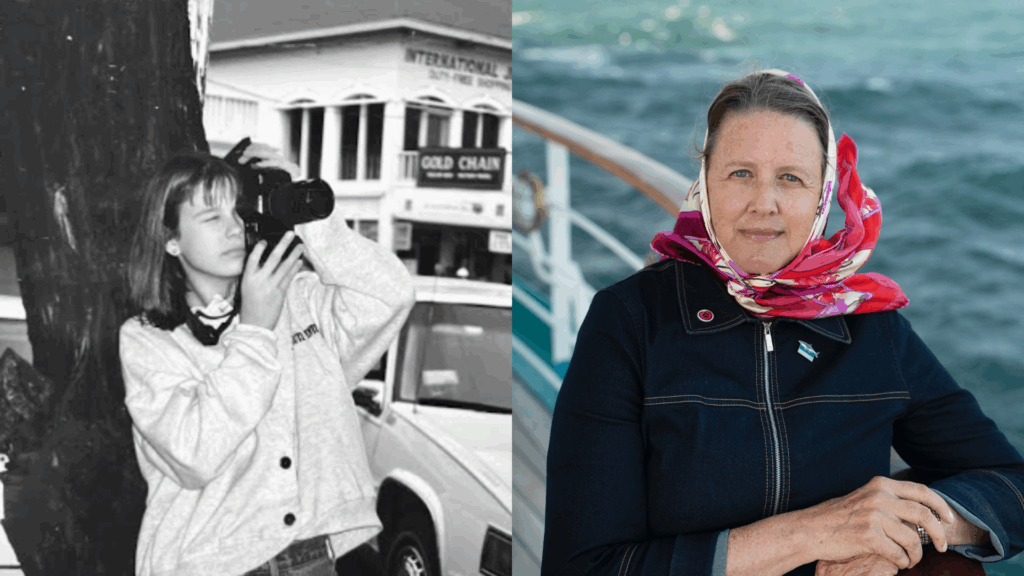Written by: Jeanne Nicholson Siler (Writing Center Director)
Some of what it takes to float my …. ship!
We left land on a Friday night. More than a week will pass before we see any again. This alone is an education. I am tempted to call it a history lesson of experiential proportions, especially for Virginians inclined to reflect on the 1606-07 journeys of the Discovery, the Godspeed and the Susan Constant.
Nassau, the home port of the MV Explorer, didn’t stay on the horizon all that long once the engines kicked in just minutes past the appointed hour at 1700. Registered in the Bahamas, the MV Explorer flies the Bahamian flag, making it altogether fitting that the new beach towel I purchased there does, too.
Capt. Roman Krystanovic, of Dubrovnik, Croatia, talked to us Sunday during our ship-wide Global Studies seminar and let us know four engines are aboard for propulsion, and that if necessary — for example, should we need to outrun approaching pirates or a particularly fierce thunderstorm — we could mange a top speed of 30 knots. Each engine is rated at something close to 45,000 horsepower, he added.
We all can feel the power.
Some participants have compared the rumbling and vibrations to the feeling of riding on a train, or on the back of a dragon. I find the rhythmic sound comforting, more like a large, noisy cat’s purr. The side-to-side rolling of the ship often creates that “elevator” feeling. At night I feel like I am being gently rocked in a giant baby cradle.
Can you tell I’m not seasick? Not yet, anyway.
The aqua and white froth that trails behind us now — a wake, in mariner’s terms — is already something to majestic to behold even at our typical cruising speed of between 20 and 21 knots ‚Äì a roughly calculated equivalent is 23 to 25 mph. Judging from the maps that show our latitude and longitude on the flat screens in the hallways and library (and the constant update on our rooms’ closed circuit TVs) we were somewhere east of Bermuda and due south of Newfoundland by Monday. Sometime between that night and noon today, Tuesday, we crossed the halfway point of our crossing, mileage wise.
Still, most of us describe our location as “somewhere in the middle of the ocean.”
Our particular ocean is officially the North Atlantic, which according to a shipboard encyclopedia is a mere 24 percent of the salt water that covers 71 percent of the planet’s surface. The Pacific is almost twice as large.
I cannot imagine this.
Nor can I imagine that we are powering over an expanse of water more than a mile deep. Again, my impromptu trip to the ship’s library reveals the average depth of the world’s ocean is 2.3 miles. My largest units of measure for water up to now have been bathtubs or swimming pools, neither of which helps me fathom what I am seeing now.
Our nautical education began on Day One with an important introduction to key terms.
* we have cabins, not rooms
* we have decks, not floors
* it’s a ship, not a boat
* it’s a gangway, not a gangplank
Semester at Sea administrators have made it clear, too, that we are on a voyage, not a cruise. We are participants, not passengers.
Voyages have a purpose, a mission that goes beyond pleasure and entertainment. The 676 students on board are studying, carrying a minimum of nine credits; their faculty members are working — perched in deck chairs or squirreled away in cabins maybe — but busy preparing a full summer course load of reading assignments, mid-terms and finals. The library, staffed by University of Virginia librarians and stocked with University of Virginia collections, is considered the largest floating library in the world. Even off the ship, when we are in port, faculty-led field trips, related to coursework, are part and parcel of this floating university experience.
As of the first day of the voyage, every student on the MV Explorer became a UVA student, though their home universities are spread across the US, and in some cases, overseas.
More about our home away from home:
* the ship has a draft of 23 feet
* its length is 591 feet
* it weighs 24,000 tons by volume, 10,000 tons by dead weight
* a recycling and treatment center below deck handles water, food, glass and other wastes
So far we have been blessed with calm seas and clear skies that let us see well into the distance. Capt. Krstanovic noted that from the bridge he can see approximately 25 miles in any one direction, though other ships might occasionally be visible from slightly greater distances because of their height above the horizon.
I have only seen three distant ships since leaving port on Friday. And one flying fish.
Others have seen dolphins. The wife of our marine biologist ‚Äì a professor from James Madison University — reported she saw a whale’s spouting out her cabin window. (Not the whale, just the spouting.)
Capt. Krstanovic is the Master of our vessel and in charge. Even of the clocks. Regardless of what watch faces show, or how satellites inform our cell phones and computers, Ship’s Time is what the captain says it is.
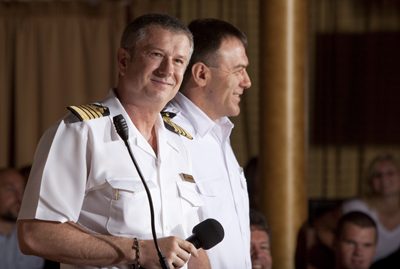
We are traveling east and losing time as we go. So far we have lost an hour at midnight four times already. Two more short nights to come before Barcelona. Coffee helps but can only be carried out of the dining rooms in closed containers. Multi-colored Semester at Sea mugs from the onboard store are seen everywhere.
Semester at Sea has been sending college students around the globe on a ship (though not always this one) since 1963. SAS alumni number now more than 55,000. Some are aboard with us again this trip as returning faculty, some as second-time returning students and several as Lifelong Learners. Karyn Plannett, for example, spent a full academic year with the program in 1968 and she is back on board taking classes and talking to students about her career in travel writing this summer.
Nothing in the rulebooks says this has to be a once-in-a-lifetime experience.
How wonderful.
